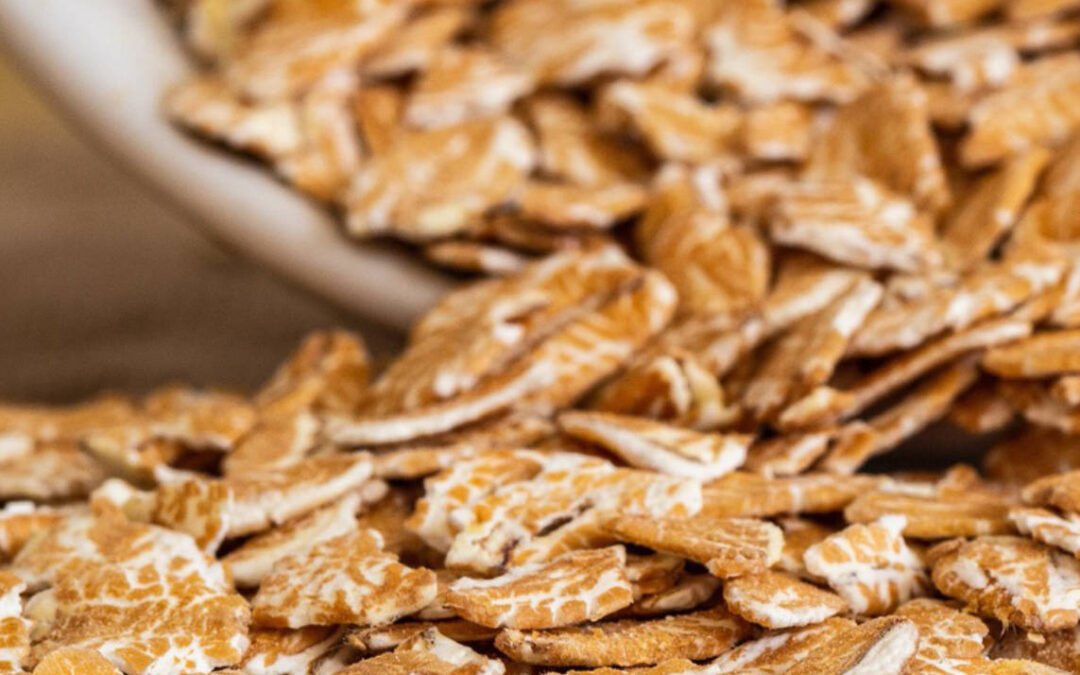Yes! In comparison to the modern wheat varieties found in your average supermarket loaf, spelt is a superfood.
An ancient grain that has remained unchanged for thousands of years, spelt is a type of wheat which offers a healthier nutritional composition. Which is great news for guilt-free bread joy! Bread is often cast as an ‘bad’ food when looking to follow a healthy diet. But it doesn’t have to be that way. While it is true that bad bread is out there – the heavily refined, processed, and simple carbohydrate type, you can upgrade your sandwich and enjoy the proven health benefits of a spelt flour loaf instead!
Why is spelt healthier than wheat?
Having not been selectively bred or hybridised for high yields or profit, spelt has kept its original nutritional composition. That’s important when thinking about…
- Fibre content
- Protein values
- Vitamins
- Minerals
- Gluten levels
A 100g serving of uncooked spelt provides 338 calories of food energy and is a rich source of multiple nutrients. It contains more than 20% of the daily recommended value of: protein, dietary fibre, and essential minerals like Manganese, Niacin, and Phosphorous. Spelt wheat flour is healthy also because it is high in B1 & B6 vitamins, Iron, and Zinc. While it has a moderately high gluten content, spelt has less gluten than common wheat varieties.
A good source of fibre
Spelt has a much higher crude fibre content than common wheat. This helps digestion, slowing it down and improving absorption, which can reduce blood sugar spikes. A high fibre intake is also linked to a reduced risk of obesity, heart disease and type 2 diabetes.
A healthy grain
This high concentration of protein, vitamins and minerals means spelt contributes to regulating metabolism, improving circulation, strengthening the immune system, lowering blood sugar, and reducing bad cholesterol levels.
Check out the other health benefits associated with ancient grains here.

